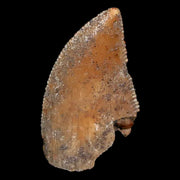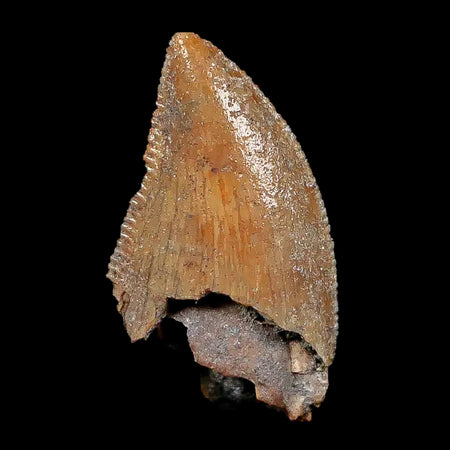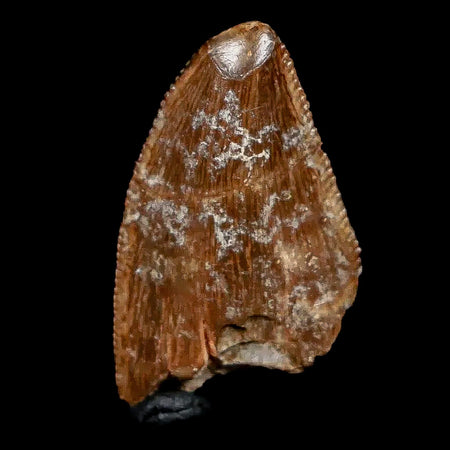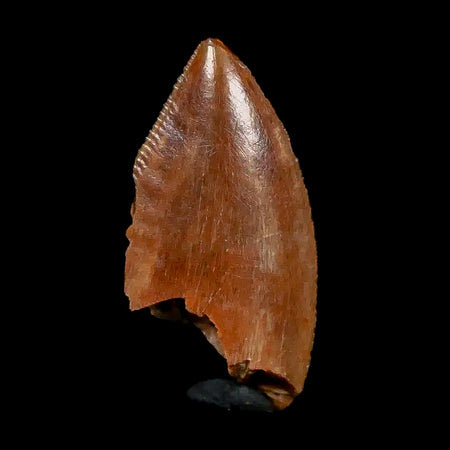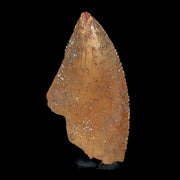4.1" Panoplosaurus Dinosaur Fossil Vertebrae Bone Two Medicine Formation Montana
Location: Two Medicine Formation, Glacier County, Montana (Private Land Origin)
Weight: 9.3 Ounces
Dimensions: 4.1 Inches Long,2.7 Inches Wide, 1.3 Inches Thick
The item pictured is the one you will receive.
This is a real fossil.
Panoplosaurus is a genus of herbivorous dinosaur that lived during the Late Cretaceous period, approximately 76 to 74 million years ago. It belongs to the family Nodosauridae, which is a group of heavily armored dinosaurs known as ankylosaurs. The specific species, Panoplosaurus mirus, was discovered in the Two Medicine Formation in Montana, United States.
The Two Medicine Formation is a geological formation that dates back to the Campanian stage of the Late Cretaceous period. It is known for its rich fossil record, particularly of dinosaurs and other vertebrates. The formation is named after the Two Medicine River, which flows through parts of Montana and Alberta, Canada.
Panoplosaurus was first described in 1919 by Charles W. Gilmore based on fossil remains found in the Two Medicine Formation. The holotype specimen consists of partial skull fragments, vertebrae, limb bones, and armor plates. Additional specimens have been discovered since then, providing further insights into the anatomy and biology of this dinosaur.
Panoplosaurus was a large dinosaur, estimated to have reached lengths of up to 6 meters (20 feet) and weighed around 2 tons. It had a heavily built body covered in bony armor plates called osteoderms. These osteoderms formed a protective shield along its back and sides, providing defense against predators.
The skull of Panoplosaurus was short and broad, with a beak-like snout and small teeth adapted for chewing plant material. Its limbs were robust and ended in hoof-like claws, indicating that it was a quadrupedal dinosaur. Like other ankylosaurs, Panoplosaurus likely had a slow-moving and low-lying posture.
The diet of Panoplosaurus consisted mainly of plants. Analysis of its teeth suggests that it fed on tough vegetation such as ferns and cycads. Its strong jaws and teeth allowed it to process and grind plant material efficiently












